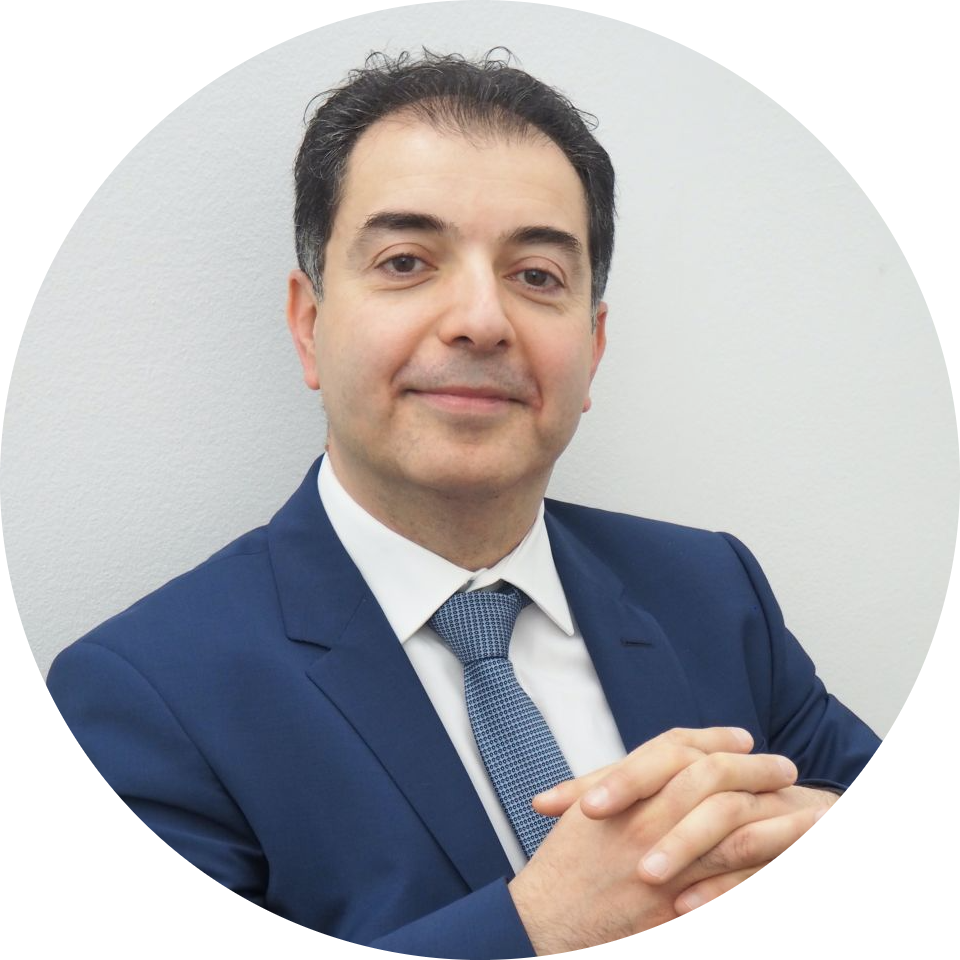
Squint In Children: Why Treatment Is Necessary
Squint or strabismus is a common condition that usually occurs in young children before they reach preschool age. According to Patient, an online health platform, it affects about 1 in 20 children in the U.K. A squint develops when the child’s eye muscles don’t work together properly in a way that prevents the eyes from looking in the same direction. One eye may look straight ahead, while the other could point inwards, outwards, upwards or downwards.
One costly mistake you can make as a parent is leave squint untreated. Although some children can learn to adapt in due time, strabismus is far from a simple cosmetic issue it appears to be. It can have a significant impact on your child’s health and wellbeing, too. Early correction with help from an eye specialist in London or elsewhere can help children avoid problems caused by squint.
Amblyopia
Children with untreated strabismus are at high risk of developing amblyopia or lazy eye. This occurs when the visual pathway doesn’t develop correctly in one eye due to lack of use during early childhood. Vision in one eye is blurred and cannot be corrected by wearing glasses or contact lenses. Once it sets in as well, amblyopia will persist for life.
Diplopia
Impaired binocular vision or double vision is one of the defining characteristics of squint. Since the two eyes don’t focus on the same point, the brain combines the signals from two eyes. In turn, a child will have difficulty seeing properly in three dimensions or sensing depths when looking at objects. Children below 7 usually don’t experience diplopia since the brain at this stage tends to ignore the signals and images coming from the squinting eye.
Loss of 3-Dimensional Vision
To properly view three-dimensional objects, the brain must use images from both eyes that are looking at the same point. This ability, known as stereopsis, helps you to navigate, mobilise, judge depth and coordinate fine movements. Having strabismus in early childhood may cause one to lose stereopsis or not develop this ability at all. Misaligned eyes will make you see two different images to the point that it leaves you unable to appreciate 3D.
Fortunately, treating squint will prevent and resolve these problems. There are also plenty of vision correction options available, including prescription glasses, surgery, injections into the eye muscles and eye exercises. Specialists from practices, such as Eye Clinic London, will recommend a treatment based on the type of strabismus your child has.
Sources:

About the expert
Mr Hamada | Consultant Ophthalmologist and Corneal Surgeon
MD, MSc, DO (hons), FRCSEd, FRCOphth I am Samer, founder and consultant ophthalmic surgeon with over 20 years’ experience in ophthalmology. I am a world-renowned specialist in cornea, cataract and refractive surgery. I’m not only a leading surgeon but also the only dual fellowship trained in corneal diseases in children from reputable institutions in the UK. At Eye Clinic London I work closely with other consultant ophthalmologists, optometrists and orthoptists to achieve the best outcomes for our patients. Our main aim is to make sure our patients get the safest and best treatments available to them. We put your safety before anything else so you can rest assured that if you choose us you will be in the best and safest hands.



